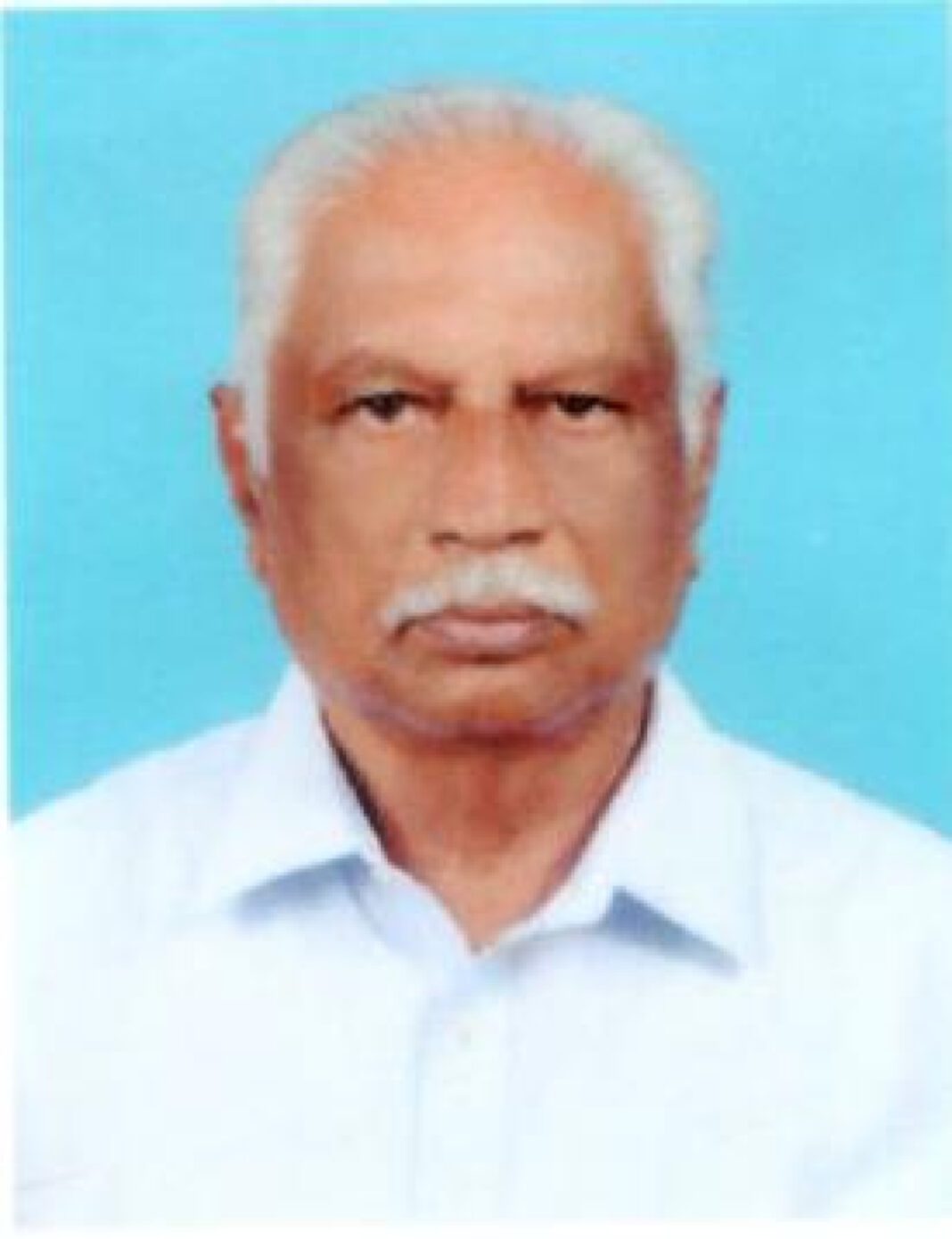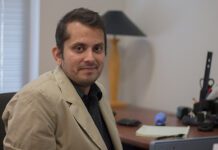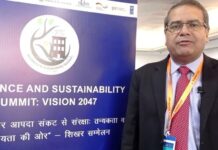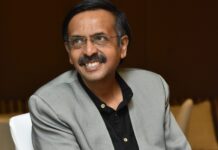Your inspiration to take up engineering as a profession…
My fascination with civil engineering began with a simple question: How are towering buildings and expansive bridges constructed? While pursuing my MTech at IIT Madras in 1967, I encountered a pivotal moment. During a visit to ICF Chennai, the Soviet Premier, Mr Khrushchev, asserted that India lacked a future in steel. However, my professor, Dr PC Varghese, strongly disagreed. He convinced me to undertake a research project on triangular built-up purlins, a wartime German structural element. Through this project, I discovered India’s need for steel structures that emphasised efficiency over material consumption. My postgraduate steel project earned recognition, culminating in the prestigious President Gold Medal. This award served as a significant motivation for me to pursue a career in the field of steel engineering.
Your learning curve from a student to a professional today…
When I began my engineering program in 1960, qualified steel structures instructors were rare. India had recently adopted the CGS system of units, but textbooks and course materials were scarce. Even the syllabus was outdated. However, I realised that steel structures were essentially applications of strength of materials principles. Through self-study, I gained a basic understanding. It wasn’t until I arrived at IIT Chennai that I developed a comprehensive grasp of steel structures. My postgraduate project on lattice structures revealed a need for different types of steel structures in India. Lattice structures were more labour-intensive, aligning with India’s abundant workforce. This led me to embrace the principle of ‘Less material, more labour.’
You had a long career in teaching 30 years followed by two decades of professional practice. Which among them you like best? Why?
The answer to the first part is straightforward: a teacher. Teachers possess the knowledge and ability to explain complex concepts in simple terms. I view the field of engineering as a learning community, constantly seeking new knowledge and methods. Therefore, a teacher’s role extends beyond design to include buildability solutions.
In 1999, towards the end of my full-time teaching career, I had the opportunity to design the CODISSIA Intech Hall in Coimbatore, a massive 1 million sq ft project. Some questioned my suitability as a teacher for such a prestigious project. However, the project’s successful completion in record time and cost, with a wide range of structural elements, garnered widespread acclaim, demonstrating the unique capabilities of a teacher.
Challenges you face as a structural consultant…
When I entered the active structural design profession in 2000, the industry was transitioning to computer-based design and communication. My office was a pioneer in the area, abandoning traditional drawing boards entirely. Finding staff skilled in software and email was challenging, but my teaching experience proved invaluable. I learned the necessary tools and trained my team.
My design philosophy of ‘less material, more labour’ met with resistance from traditional clients. However, the success of the CODISSIA trade fair complex demonstrated the benefits of this approach, gaining industry acceptance.
While the industry has evolved, academic programs often lag behind. For instance, corrugated panels were introduced early on but remain underrepresented in curricula. Our current programs lack innovation, fresh perspectives, and often rely on outdated information. Teachers must be updated on industry trends to ensure their instruction aligns with current practices.
It has been 20 years since you left active teaching. What is your opinion on the current state of steel design in academic programs?
While the industry has made significant strides, academic programs have fallen behind. For instance, corrugated metal roofing, introduced years ago, is still underrepresented in curriculum. Our current programs lack innovation, fresh perspectives, and often rely on outdated information. To bridge this gap, teachers must be reoriented to reflect the industry’s current state, as the field has evolved substantially since traditional teaching methods were established.
A significant challenge in our field is the overreliance on software, which can stifle innovation. If this trend continues, it may limit the development of new structures and ideas. Ideally, the design process should begin with real-world inspiration, with software used as a tool to refine and develop ideas. However, the reverse is often happening: computers are driving the design process, rather than being guided by real-world needs.
How do you see the adoption of rolled sections?
A century ago, rolled steel sections were standardised based on building loads and dimensions. While 30 m spans were once unimaginable, technological advancements in welding, cutting, and joining have made pre-engineered built-up structures a viable option. However, certain rolled sections, such as hollow structural sections including rectangular, square, and circular and narrow web sections, will continue to be valuable in specific applications.
How has your relationship been with steel …
My career has been deeply intertwined with steel, both as a teacher and a designer. I began my career by teaching steel structures to undergraduate and graduate students for three decades, a relatively uncommon specialisation at the time. My transition to active design included the opportunity to design a 50 m, 1 million sq ft steel hall, further deepening my connection to the material. Since then, I’ve worked on projects involving pyramids, domes, shells, piecewise linear arches, and pre-engineered frames.
Currently, my focus is on steel composite structures. I’ve authored a book on steel structure design and am currently writing one on advanced steel structures. My goal is to provide future engineers with practical insights that go beyond the theoretical knowledge often found in textbooks written by non-practitioners.
Your best work in steel so far…
Over my five decade career, I’ve designed hundreds of structures, each one a unique achievement. For ISHA, I designed a lattice arch structure with 80 m span arches spaced at 24 m intervals. However, the project that stands out the most is the CODISSIA Intech Exhibition Hall in Coimbatore, completed in 1999. This project demonstrated my innovative approach to structural design, prioritising material conservation while ensuring structural stability.
The structural framing featured lattice triangular built-up purlins spanning over double-plane trusses of 50 m, with subdivided panels. A novel end-rising concept was also introduced. The project garnered widespread acclaim from both the general public and structural engineers, showcasing the unique qualities of my early design ventures.
How do you update and upgrade yourself with the changing times…
Continuous learning is crucial for professionals in all fields, from doctors and engineers to teachers. To stay relevant in today’s rapidly evolving world, practitioners, such as engineers, must actively engage with new ideas through reading, listening, and observation.
Quick Fire:
Your College: PSG College of Technology, Coimbatore; IIT Chennai
Total Experience: 52 years
Your Inspiration: Dr PC Varghese
Your mantra for success: Adopt basic rules of theory
You want to be remembered as: Teacher & Engineer
Steel projects you are currently working on:
Voith Industries, Hyderabad
JG Mills, Tiruppur
CPIL Industrial Complex, Chennai





